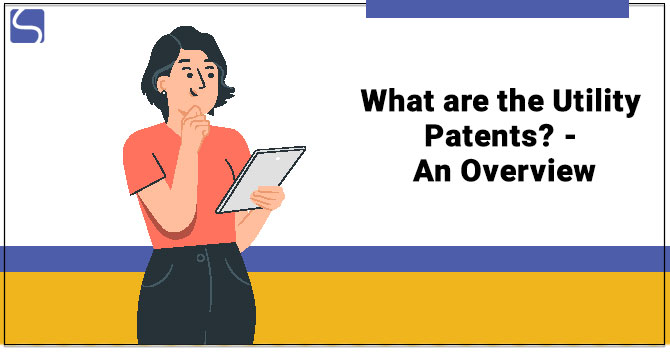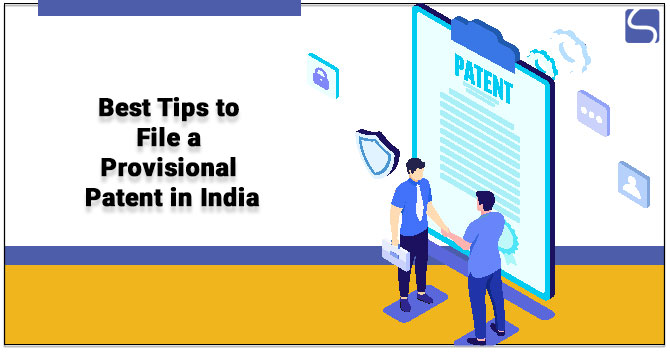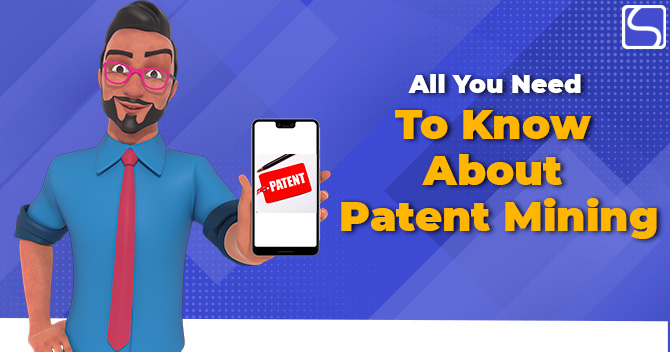All You Need to Know About Drafting Patent Claims
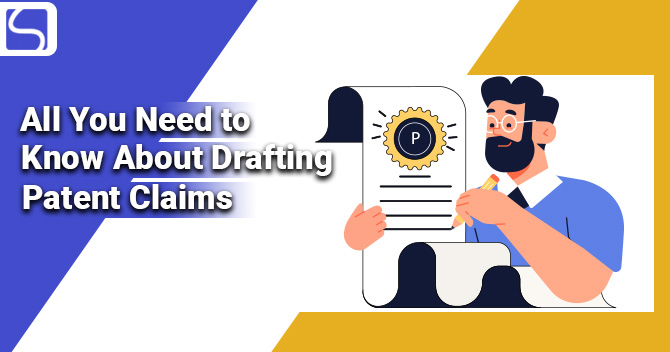
Karan Singh | Updated: Oct 08, 2021 | Category: Patent
A Patent is a sort of Intellectual Property, and it provides statutory protection to an applicant’s invention. It includes several sections comprising a drawing, claim, and specification. Out of these sections, claims describe the ambit of protection given by the Patent. Given their importance, applicants should be careful while drafting Patent claims. Scroll down to check more information regarding the drafting of Patent claims.
Table of Contents
Patent Claim – Meaning
A Patent claim is the sort of Patent specification which describes the limits of Patent protection. They form the substructure of the protection provided by law by Patents’ principles. One of the significant functions of the Patent claim is that of shaping the objective of the Patent.
In a manner, Patent claims make a boundary line; if someone crosses the line, then it will amount to infringement of the Patent owners’ rights. As the Patent Claims are so noteworthy, they should be completely worded for overall protection. If it is not correctly worded, then it may cause issues regarding Patent Litigation and Prosecution. Therefore, it is advised the inventors to take assistance from legal experts in drafting claims as it is deemed as a legal document. An exclusive is offered to the Patent to prevent others from making, selling or distributing for sale of the subject issue is defined by the Patent claims.
What are the Different Types of Patent Claims?
Patent claims are divided into three parts, and you can check the same below:
- On the Basis of Structure
- Composition of Matter Claims: Such claims are majorly and commonly used by Patent candidates. If the inventor determines that the invention differs in the prior art that he or she can claim protection.
- Means plus Function Claim: Such claims are for computer-related inventions because they are not treated as Conventional Patent claims.
- On the Basis of Drafting
- Original Claims: These claims are also known as Principle Claims. They have to classify the vital features of new inventions. The process of invention should be properly described regarding prior art.
- Dependent Claims: These claims are backed by independent claims, and they are dependent on independent claims that are stated in the specification
- On the Basis of Invention
- Process Claims: These claims are filed on a novel invention process, and the end outcome will not get the protection; only the process of that invention can be safeguarded.
- Product Claims: These claims are for product protection, for example, medical products are safeguarded because the inventor has to submit the chemical composition of the product which they want to protect.
Components of Drafting Patent Claims
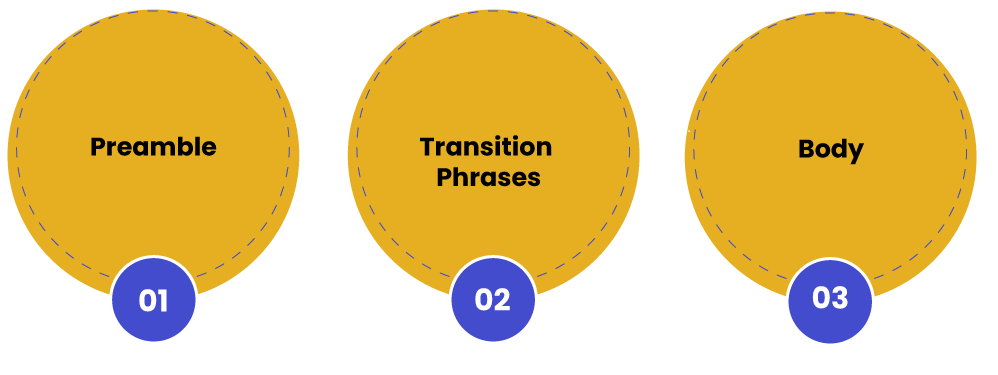
- Preamble: It states the domain of the invention and the preliminary statement for the claim. It also describes the ambit and area of the claimed subject matter. For instance, for an invention in a bicycle, a preamble that states vehicle delivers an extensive scope than a preamble that states bicycle. Yet, if the invention or innovation is directed to a bicycle or a part of it, there may not be any benefit or advantage in having a preamble headed to a vehicle.
- Transition Phrases: This is used between the body and preamble of the claim. Different types of transition phrases are used in the claims, such as “including” “comprises”, “consisting” and “comprising”. These transition phrases classify whether the claim is closed-ended or open-ended.
- Body: The claim body is the part that follows the preamble and the transition phrase. It comprises the vital and new elements of the invention and their connection with each other. The body also explains how the elements help structurally and/or functionally with each other. It must be restricted to a description of the technical subject matter, and extra or laudatory statements or words like a novel should be avoided.
Important Points to Know While Drafting Patent Claims
Following are some important that you should know before Drafting Patent Claims:
- The Problem of Inconclusiveness and Vagueness: Frequently, Patent claims are invalidated or rejected based on their inconclusive and vague nature. Use of the terms like small, top, high, left, right, thick, etc., in the claims can be considered indistinct by the inspector. The remedy here is to explain the product with reference to some other aspect or an external benchmark such as smaller than the… or having a particular gravity greater than water.
- Be Consistent: A claim term should be consistently used while drafting Patent claims. The use of inconsistent words can cause unexpected outcomes during Patent inspection or later during Patent Litigation. Moreover, it is inappropriate to add more information to an element when referring back to it. For example, if a gear has been described once, it would be mistaken to refer to the gear as the worm gear or the plastic gear or the drive gear. This will add or attach an indirect limitation on the claimed element.
- Focus on the Purpose of Literal Infringement: While drafting Patent claims, it should target literal infringement. Hence, it is advisable to avoid dependency on the rule of equivalents while drafting Patent claims. This is because, in the initial stage of Patent Infringement, the elements of the claims are examined to be present in the product or process. So, the ambit is constructed in the literal language of the claim. The Patent Infringement[1] examines then proceeds to the second stage if the literal infringement is not set up. The quivalents’ doctrine must be applied to each claim element and not to the overall invention. It cannot remove an element entirely. Moreover, both the prior-art and the prosecution history of the Patent officially limit the equivalents’ scope.
- Correct Antecedents: The first time an element or part is introduced in the Patent claim, it should be proceeded by an indefinite article (a or an). Thereafter, the part or element is preceded by a precise article “the” or by “said”. The Patent drafter should be reliable in the usage and should be not an alternate between the or said. Sometimes, an element is introduced by a numerical adjective when it is preceded in a claim, such as two containers/a plurality of wires/at least one stand. Finally, avoid using the expression “the said”.
Conclusion
Before drafting Patent claims, you have to know all the points mentioned above. A carefully drafted Patent claim can create a high-value Patent application & become part of a precious IP portfolio that may save millions of dollars in Patent litigation costs for your organisation.
Read our article:What are the Different Parameters for Patent Valuation used by Professionals?












